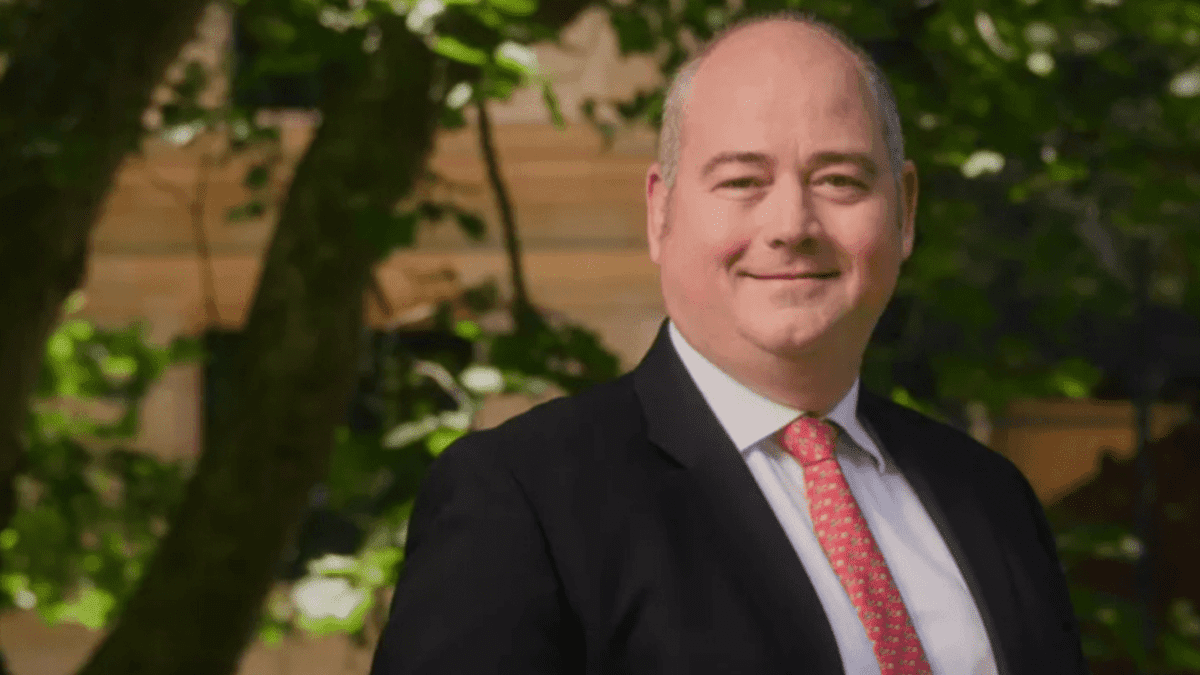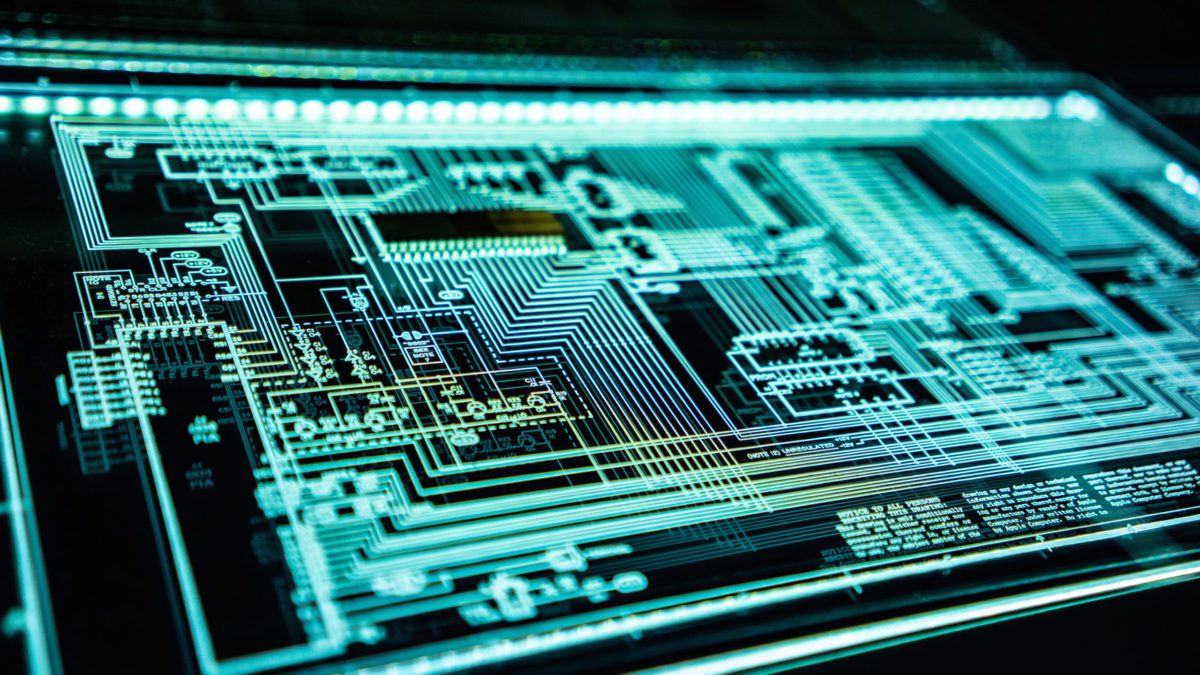Semi-Loved and Semi-Understood – but Semiconductors Rule
Semiconductors would have to be one of the most pervasive and critical pieces of technology in our daily lives – but they are usually not thought about very much. They certainly don’t seem to get the investment love like they should, or get talked about as much as, say, the FAANG stocks or electric vehicle makers.
It’s not all that easy to invest in semiconductors. Of the semiconductor giants, Intel and Taiwan Semiconductor Manufacturing Co. (TSMC) are listed on Nasdaq and the New York Stock Exchange (NYSE) respectively – the latter through American Depositary Receipts, or ADRs – and can be bought through Australian brokers like any US stock. The same goes for the next tier of semiconductor producers, such as Qualcomm (Nasdaq), Broadcom (Nasdaq), Micron Technology (Nasdaq), Texas Instruments (Nasdaq), Taiwanese business ASE Technology Holding Company (NYSE), NVIDIA Corporation (Nasdaq), Swiss firm ST Microelectronics (NYSE) and Dutch company NXP Semiconductors (Nasdaq).
It’s a bit more complicated for semiconductor giants Samsung and SK Hynix – their shares are quoted on the Korea Exchange, but they don’t have ADRs, instead they have Global Depositary Receipts (GDRs) listed in London and Luxembourg (Samsung) and Luxembourg (SK Hynix). But you can buy them, with a bit more effort.
Alternatively, investors can choose to get exposure to Samsung along with other Korean companies by investing in a South Korea ETF, for example, the iShares MSCI South Korea ETF (ASX code: IKO) has Samsung as its top holding, at 22.6% of the portfolio, and SK Hynix as its second-biggest holding, at 5.6%. But you get the rest of the Seoul market’s largest stocks with that.
Industry-focused ETFs also offer hefty exposure to semiconductors, too. The iShares PHLX Semiconductor ETF (SOXX) on Nasdaq and the SPDR S&P Semiconductor ETF (NYSE: XSD) are US-listed example, while on the ASX you could look at the BetaShares Global Robotics and Artificial Intelligence ETF (ASX: RBTZ) – semiconductors and semiconductor equipment represent 13.2% of the portfolio.
Semiconductors make up 20.4% of the portfolio of the BetaShares Asia Technology Tigers ETF (ASX: ASIA) – Taiwan Semiconductor Manufacturing Co. is the second-largest holding in the ETF, at 10.4%, while Samsung is the fifth-largest, at 7.3% of the portfolio.
One of the most popular tech ETFs on ASX is the ETFS Morningstar Global Technology ETF (ASX: TECH). It has exposure to 25 to 50 global tech companies, including semiconductors.
Ideally, you should also be picking up exposure to semiconductor suppliers, such as Dutch company ASML, which is the world’s only manufacturer of lithography machines that use extreme ultraviolet light (EUV) and deep ultraviolet light (DUV) in advanced chipmaking. ASML is a holding (2%) in the BetaShares Global Sustainability Leaders ETF (ASX: ETHI), an ETF that represents diversified exposure to a portfolio of large global companies that meet strict sustainability and ethical standards.
Then there are unlisted managed fund such as the Platinum International Technology Fund, which offers investors diversified exposure to companies from around the world that are engaged in different segments of the value chain throughout the IT and telecommunications industries, from the big tech names in Silicon Valley to online media disruptors in Europe, from China’s e-commerce platforms to Korea’s consumer electronics producers, from cloud software providers to specialist semiconductor makers.
Another is the Munro Concentrated Global Growth Fund, where TSMC is the fourth-biggest holding in the Munro Concentrated Global Growth Fund, and ASML also a big holding.
Nick Griffin, CIO at Munro Partners, says there is a “strong and enduring” case for investing in the semiconductors that form the nerve centre of the vast and growing tech sector – and that this case is only strengthening.
Griffin says there are three tailwinds behind the industry – the rise of 5G, machine learning, and the intense US-China rivalry – that are now “converging into a storm,” propelling the long-term growth in semiconductors into an exponential trend.
“Semiconductors has always been in a structural growth trend, but it’s ultimately about to inflect in a more serious way. Semiconductor demand has been growing in a fairly linear fashion for a long period of time, but you’ve got a couple of things coming together now, at the same time, which suggest that it could start to grow exponentially,” Griffin says.
“The first is 5G technology, which will ultimately mean that everything in the world will get connected – from traffic lights to car parks to fridges to the front door. All of this will create a whole bunch of data, exponentially bigger amounts of data created, all because of 5G technology. That data will then go up to the cloud, where it will be processed through AI and machine learning – which is the second big trend – and you’re going to need a lot of computing power for that, too.”
The third big trend, he says, is the two great superpowers, the US and China, effectively going to war over technology. “Most of the biggest companies in the world going to war over AI. The solution to this is to throw lots of silicon at it, lots of semiconductors. We call this the ‘coming sandstorm’ – from our point of view semiconductor companies are effectively the weapons manufacturers of this war.”
But what’s most interesting about the semiconductor companies, says Griffin, is that all of this is happening at a time when there’s fewer and fewer of them.
“The commodity nature of the business has gone away, and there’s now just a couple of players that dominate each vertical. A good example is around lithography – the stencil that you would put on a road if you were painting a crossing – that gives you the ability to draw the chip design onto the chip. As the chips get smaller and smaller and as they get more transistors on them, it gets harder and harder to do.
“We look at ASML in the Netherlands – we like to call it “the most important company in the world that no-one’s ever heard of.” It’s basically now a monopoly in high-end lithography, there’s no other company in the world that can compete with them, to enable the shrink to continue in semiconductors, or to enable Moore’s Law to continue.
“It has a technology called EUV technology, most people haven’t heard about it, but it’s a machine that allows Moore’s Law to extend, and it sells one of these machines for 130 million euros. That is more than two Boeing 737s. ASML is now a monopoly selling equipment at very high gross margins and it will sell them for a very long period of time, because of its ability to extend Moore’s Law.”
A second example is in foundries – Griffin says most semiconductors are actually made by third-party suppliers, and TSMC is the biggest.
“TSMC now has almost 50% market share in high-end lithography – the very small, very advanced chips. Ultimately if you are AMD or NVIDIA and you want to get a chip made, you have to go to TSMC. So, it’s now also a virtual monopoly,” he says. For example, Griffin says Intel recently admitted it had fallen behind in the manufacturing of new leading-edge semiconductor chips and would now use TSMC’s superior foundries instead.
“The last one is memory – that’s the biggest commodity in semiconductors in the world, it goes in your phones and computers. We’re literally down to three companies in the world that can produce memory – Micron, SK Hynix and Samsung – so that’s effectively an oligopoly. So, at the same time as all this demand is appearing, you have this situation where the competitive environment is weakening, which is going to create a really good opportunity for these companies in the years ahead,” Griffin says.









